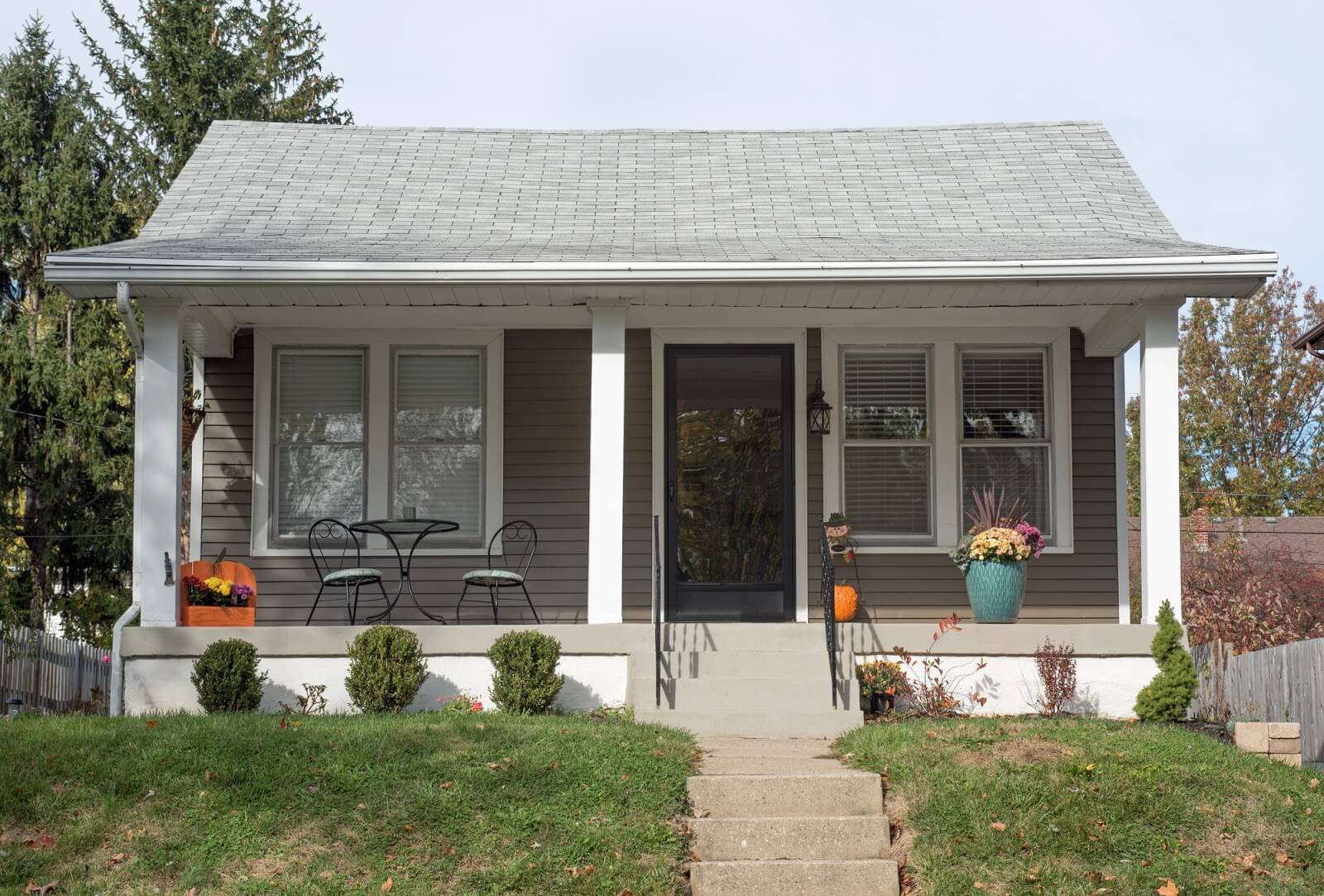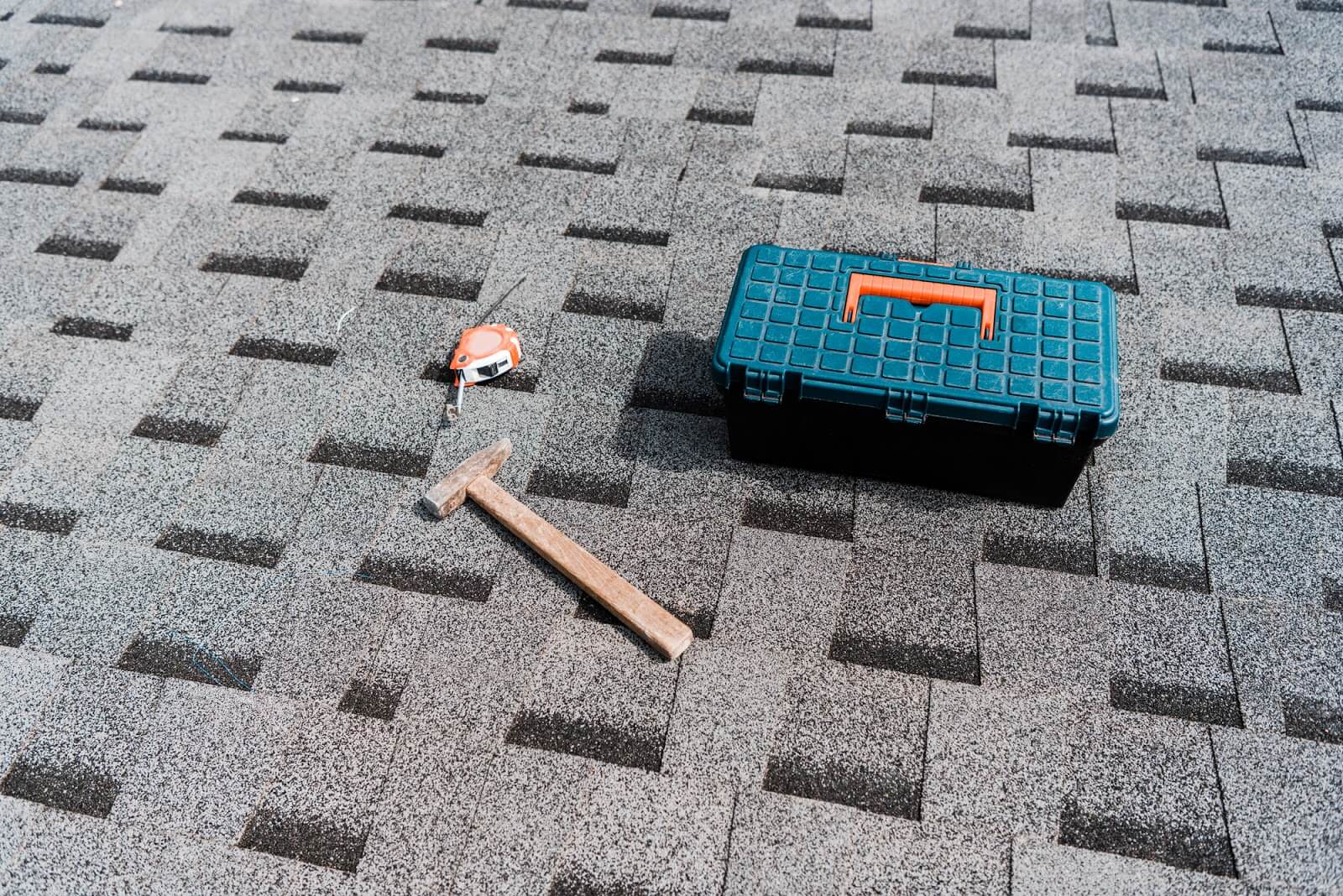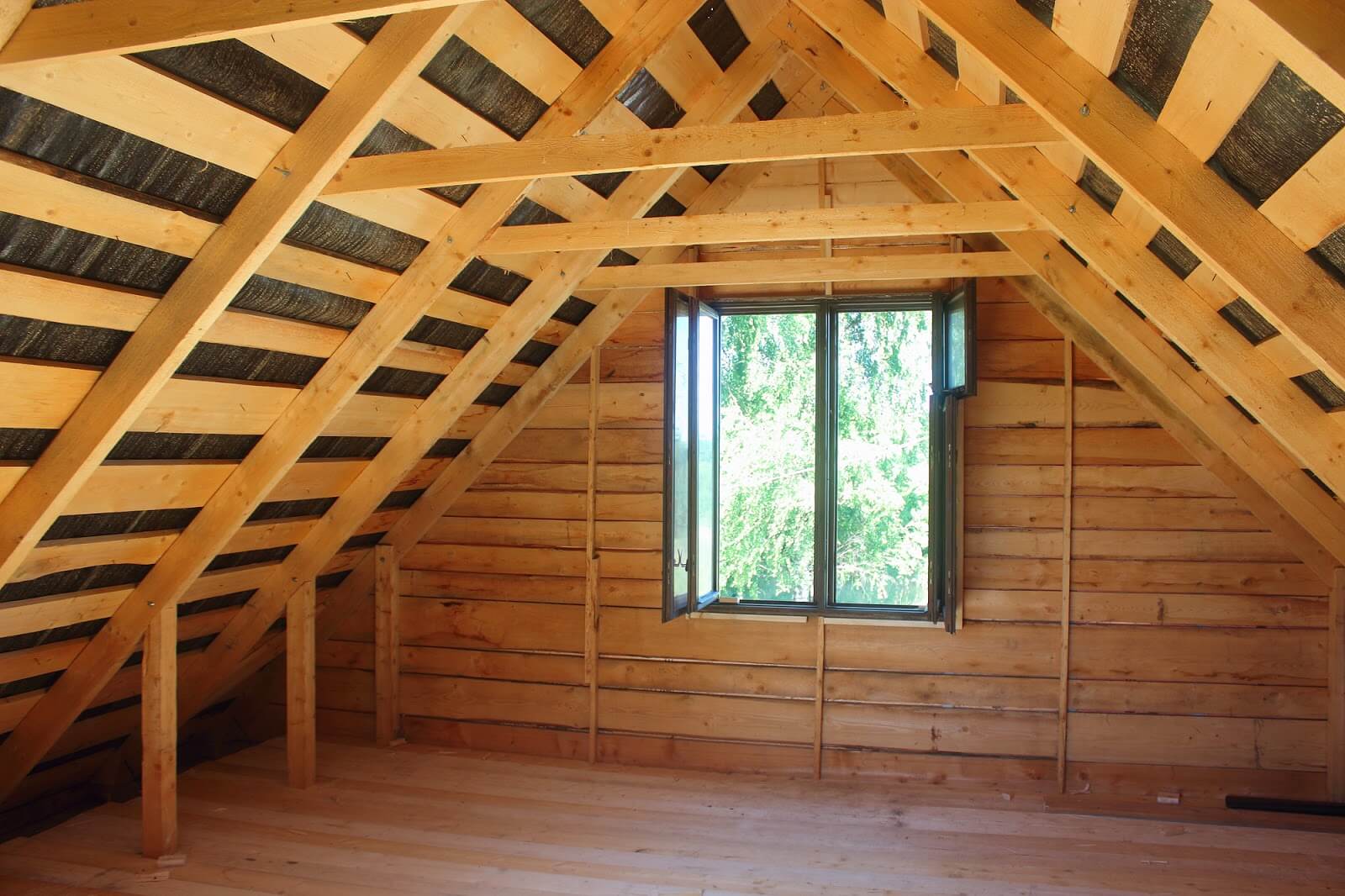Request Quote
Home | How to do it | How to Fix a Sagging Roof
A sagging roof is not only an eyesore, but it could also be dangerous for you and your family. Since roofs are designed to be straight, a curved or sagging roof means that its structural integrity is insufficient, and it may be a warning sign that your roof is headed for collapse.

But don’t worry! Before you start panicking, remember that you can have your sagging roof fixed without breaking the bank, whether you want to do it yourself or hire a professional to do it for you. If you’re not experienced in roofing, we wouldn’t recommend doing this project yourself without the proper preparation and assistance. That’s where our team comes in at Legacy Service. We install and replace roofs for residential and commercial customers throughout Pennsylvania, New Jersey, and Delaware. You can get in touch with us by giving us a call at 215-798-9790.
Not a real zip code.
But if you are experienced in roofing and would like to take care of it yourself, let this article be your guide. We cover the causes of a sagging roof, determining the extent of the damage, and how you can fix it. Here’s how to fix a sagging roof (as well as anything else you might need to know):
Even if you’ve done everything you can over the years to ensure your roof remains in perfect condition, age can creep up on it and cause it to droop. In other cases, maybe your roof isn’t even that old, but it’s been hit by tons of big storms over the past year. Understanding why your roof is sagging is essential to being able to repair it. Here are some of the main causes of your roof sagging problems:
There’s too much weight on it – When was the last time you had the structural integrity of your roof checked? Problems with the structure may cause your roof to droop. Since roofs are designed to handle a maximum weight load, anything more than that can create sagging. When you have undersized rafters or inadequate storm bracing, snow or ice resting on your roof may cause it to sag.
Water damage – Although roofs are designed for optimal water drainage, flooding or heavy rainstorms over time can cause damage to the structure of the roof. If you have a flawed gutter system or damaged shingles that impede the flow of water, moisture can get into the support structure and cause it to deteriorate.
Other causes – Some other causes of a sagging roof include age, lower-quality materials, and a damaged or sinking foundation. If you need help determining the cause of your sagging roof, please feel free to contact our Legacy Service team to schedule a consultation.
Once you figure out what’s causing the damage, it’s time to determine the extent. There are ways you can do this yourself, which we’re going to touch upon, but we usually recommend hiring a professional. Remember that you can always contact us at Legacy Service if you need help with your home’s exterior. However, here’s what you can do to try and figure out the damage yourself:
Fortunately, there are different ways to jack up a sagging roof. We’re going to cover them in the sections below.

So, you’ve already determined what the problem is and its extent. Now, it’s time to gather the necessary materials to fix your sagging roof. We’ve compiled a list of the items you’ll most likely need for the job. They include:
Once you have everything you need, you’ll be able to get started on the project itself.
Not a real zip code.
In many cases, you’ll need to fix sagging trusses or rafters to repair your roof. If that’s what you’re dealing with regarding your home, take these steps to ensure your rafter or truss gets fixed properly:
If the roof decking is damaged, we recommend hiring a professional to get it fixed. However, you can create a temporary solution by following the steps below:
A gusset plate connects beams and girders to columns, and it can be fastened using bolts, rivets, welding, or a combination of the three. You can fix a gusset plate using these steps:
When done properly, this should replace the original gusset plate’s strength.

If you can’t repair your own roof, don’t despair. Hiring a professional can actually be more time-efficient and cost-effective in the long run. At Legacy Service, we’re always willing and able to help out a customer in need. We’ll send out a consultant who will talk to you about a roof replacement.
Reasons you should hire a professional when it comes to repairing a bowing roof include:
A sagging roof is not only unsightly, but it can also be dangerous for your home. Roofs are designed to be straight, so sagging means that its structural integrity is no longer sufficient, and it may result in the collapse of your roof. It’s best to contact a roofing professional as soon as possible so that they can take care of it.
A sagging roof is often due to broken trusses or rafters, and the extent of the damage will determine whether the roof can be repaired or will need to be fully replaced. Sometimes, it will just need to be repaired and reinforced, and other times, it will require a full replacement. Get in touch with an experienced roofing professional to see what they recommend for your home.
The cost to fix a sagging roof will depend on a variety of factors, most notably—the type and extent of the damage. For example, the price may rise significantly if the structural beams have been damaged. On average, its repair can cost anywhere between $750 and $2,000. A full replacement will be higher, but it may be worth it in the long run.
Sagging roofs are typically caused by a buildup of water or snow that weighs down the shingles and boards underneath. An excessive load of weight can weaken your roof’s structure, especially if it happens repeatedly or over a certain length of time. Too many layers of shingles can also cause sagging especially if your roof is getting up there in age or has been improperly designed or constructed.
Whether your insurance will cover the repair or replacement of your roof will depend on what has caused it to sag. Insurance companies will typically pay for damage caused by sudden accidents, including storms and falling objects. However, if the roof is getting old or hasn’t been properly maintained, the insurance company will most likely not cover the costs of the damages.
Understanding why your roof is sagging in the first place is the key to repairing and strengthening it. In many cases, you’ll either need to repair trusses/rafters, a gusset plate, or the roof decking. In other cases, the roof may require a full replacement. We recommend hiring a professional roofer to help determine what your home needs and take care of the job for you. You can also check out our “How To” sections above.
Sagging roofs are typically caused by insufficient internal bracing or undersized rafters/trusses combined with excessive loads of weight. Snow, ice, wind, and even too many layers of shingles can add stress to your roof and cause sagging. The best way to prevent it from sagging is to make sure it’s properly installed by hiring a trustworthy company that offers warranties.
If your roof is sagging between trusses, there are multiple ways you can go about repairing it. The one thing you don’t want to do, though, is leave it alone. We believe that your roof should protect your home and family, and that means taking care of it throughout its entire lifespan. We’ll also provide service (including installation and replacement) for siding, windows, doors, and gutters. No matter what you need for your home exterior, our team will be able to help you. Learn more about roofing replacement by giving us a call at 215-798-9790 or filling out a contact form here.